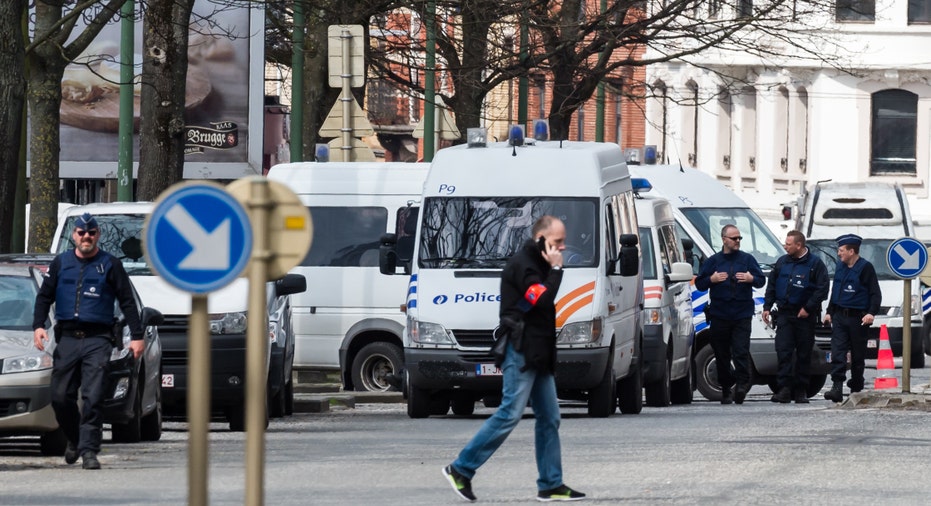Belgians Find Elusive 'Man in the Hat' From Airport Video

After nearly three weeks of frantic searching, Belgian authorities announced Saturday they had finally arrested and identified the elusive "man in the hat" spotted alongside two suicide bombers who blew themselves up at Brussels Airport on March 22.
In a terse evening statement, the Federal Prosecution Office said recently arrested terror suspect Mohamed Abrini had confessed to being the vest- and hat-wearing man whose video image had been widely circulated by authorities.
"After being confronted with the results of the different expert examinations, he confessed his presence at the crime scene," the statement said.
Abrini was one of four suspects charged Saturday with "participating in terrorist acts" linked to the deadly Brussels suicide bombings that killed 32 people and wounded 270 others at the airport and at the city's Maelbeek subway station.
The prosecutors' office said Abrini threw away his vest in a garbage bin and sold his hat after the bombings. He had been arrested Friday in a Brussels police raid.
Prosecutors did not respond to calls. A legal representative for Abrini could not be immediately located for comment Saturday night.
Abrini, a 31-year-old Belgian-Moroccan petty criminal, had been suspected of being involved in the Paris and Brussels attacks but his precise role had, until now, never been made explicit. Abrini was also believed to have traveled to Syria, where his younger brother died in 2014 in the Islamic State's Francophone brigade.
Abrini and three others — identified as Osama Krayem, Herve B. M. and Bilal E. M., — were all charged Saturday with participating in "terrorist murders" and the "activities of a terrorist group" in relation to the attacks, prosecutors said in an earlier statement. Two other suspects arrested in the last couple of days were released "after a thorough interrogation," it said.
The developments follow days of arrests and raids in the Belgian capital and could give investigators new insights into the Islamic State group cell believed to have carried out both the attacks in Brussels and the Nov. 13 attacks in Paris, which left 130 dead in the French capital.
Osama Krayem, identified by prosecutors only as Osama K., is known to have left the Swedish city of Malmo to fight in Syria. The prosecutor's office accuses him of being the second person at the attack on the Brussels subway station and of being at a shopping mall where the luggage used in the airport bombings was purchased.
Swedish officials had no immediate comment on Krayem.
The prosecutors" statement described Herve B. M. as a Rwandan citizen arrested at the same time as Krayem who is accused of offering assistance to both Abrini and Krayem.
Krayem had earlier been identified posting photos from Syria on social media, according to Magnus Ranstorp, a counterterrorism expert at the Swedish National Defense College.
"He also tried to recruit people in Malmo," Ranstorp told The Associated Press.
The attacks in France and Belgium were the two biggest carried out by IS in Europe over the past year. The arrests may help investigators unravel the links between the attacks and IS, the radical Muslim group that controls territory in both Iraq and Syria.
The detentions were a rare success for Belgian authorities, who have been pilloried for mishandling leads in the bombings investigation. But despite multiple arrests, Brussels remains under the second-highest terror alert, meaning an attack is still considered likely.
"There are perhaps other cells that are still active on our territory," Belgian Interior Minister Jan Jambon told RTL television on Saturday.